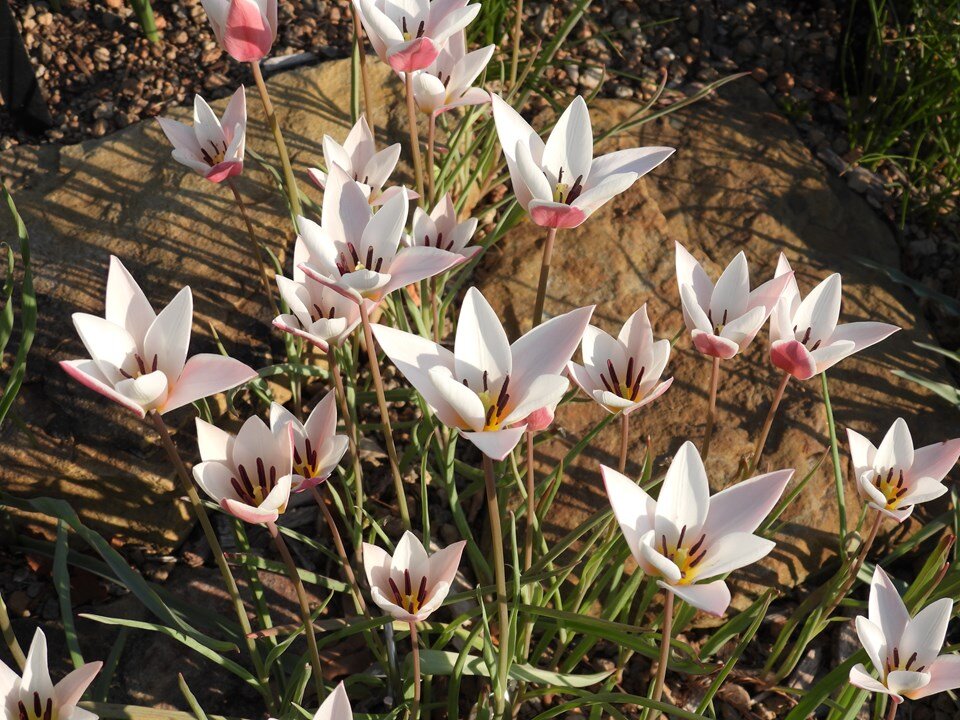
Blog
On the Seattle Waterfront, Corylopsis spicata is found growing in the large, raised beds just south of the new aquarium.
Trachelospermum jasminoides, or star jasmine, is a low-maintenance, evergreen vine with fragrant, white flowers. Native to Eastern and Southeastern Asia, it is dependably cold-hardy in the Puget Sound region. It creates a beautiful backdrop when trained up a trellis or over an arbor
Models are a way to provide visuals for the client to see the spatial relationships, scale and the overall aesthetic of a project.
Our boxwood of choice is Korean boxwood, Buxus sinica var. insularis ‘Wintergreen’ or Wintergreen boxwood, a variety that performs well and withstands blight.
This gorgeous mid-spring bloom, also known as the Camas lily or Wild Hyacinth, is in the Asparagus family, Asparagaceae.
Above all, it is the inherent dynamic qualities of plants – the living, ever-changing aspect of garden spaces – that distinguishes gardens from more static structures like houses.
The iterative process of modifying and evolving the design is an important reminder to not get too attached to any one design.
With blossoms rising several feet above a dense mass of basal foliage, Japanese anemones offer both seasonal interest and ground cover.
In our initial design concepts for the central water feature, we show a simplified reflecting pool that creates a balancing element in the gathering space near the Castle
It’s mid-June on the Seattle Waterfront, and the newly planted perennials have relaxed into the easy-breezy verdancy of early summer. If you take a walk, here’s what you might see.
While there is still much more to look forward to being planted along the western corridor, the presence of the trees along the road is beginning to define what one day soon will be a wonderful tree-lined corridor with gardens, parks, developed public spaces, the aquarium, and much more.
They light up the garden from October through January, a time of year when many other flowering plants are dormant. Graceful and upright in form, they look great in a variety of settings: in a large pot by a front door, espaliered against a wall, or planted in mass and maintained as an informal hedge.
Botanic gardens lend themselves to teaching because of their inherent relationship to the land and plants, locations based in populated areas, expert staff, and institutional memory.
Plant communities have evolved over time to recover from and thrive in the wake of all kinds of disturbances including drought, fire, grazing, floods and landslides. By studying the resilience of natural ecologies, we can create gardens with dynamic and enduring beauty.
Material choices can make a big impact on the sustainability of your project, without needing to change the broader design features.
While certainly handsome foliage plants, Itoh peonies are true showstoppers when in bloom. From late spring to early summer, they grace the garden with a profusion of gorgeous blossoms coming in a wide range of colors, including blends of white, pink, red, and apricot as well as some really beautiful, pure yellows.
Soil is a living system and vital for healthy, beautiful landscapes. When we design a new garden or renovate an existing one, maintaining and protecting the existing soil is highly important and is one of the first site resources to consider.
As the one-year anniversary of Leach Botanical Garden’s reopening approaches, we’re revisiting our favorite features of the re-envisioned garden.
Iris pseudata is the result of an unusual species cross between Iris pseudacorus and Iris ensata.
A water feature can change the atmosphere of a space, adding positive energy and ambiance. As in every design, there are key aspects to consider when designing a water feature: location, size, sound, materials, and light.
This beautiful broadleaf evergreen has proven to be quite hardy in the Puget Sound region, provided that it is sheltered from icy winds while it is young.
A successful gathering area should be designed in a way that utilizes available space, creates novel refuge from the indoors, and encourages reflection on the curated land that surrounds us.
Naturally occurring on the bluffs of Vancouver Island, this little beauty loves rich soil, good drainage, light shade and plenty of moisture.
July 2, 2021, marked a new era for Land Morphology: We packed up the library and moved to a light-filled 7th floor suite in Belltown.
Fences and walls are valuable structures to integrate into the look and feel of your garden.
One of my favorite things about this tulip is how the flowers open and close throughout the day. The dynamic quality of lady tulips is such a joy to observe in the garden!
The latest rendering tools open up more possibilities for communicating a designer’s vision.
Velvety racemes of Garrya elliptica ‘James Roof’ shimmer like fine jewelry in the winter sun.
This fire feature also has plenty of space around it, both for ample seating and for fire safety. At least six feet of clearance all the way around your fire feature is recommended.






























With flowers that emerge in early winter and tough evergreen foliage, hellebores are a mainstay of both our public and private gardens, where we always try to design for four seasons of interest. Exquisite on a small scale and sensational on a large scale, they are well-suited for a variety of different settings and styles.